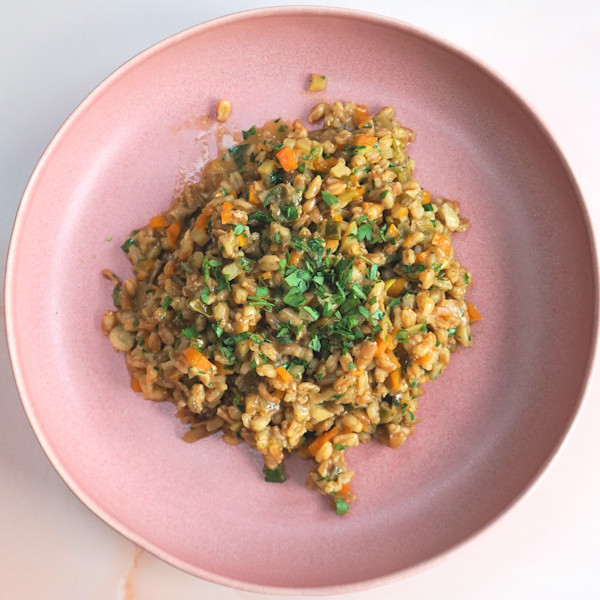Grains and cereals: I bet the first thing you thought of was porridge. The very word ‘cereal’ has become analogous with breakfast and the image it evokes is of a cardboard packet of flakes.
Such a limited view! If you think about it, grains and cereals are so much the basis of our diet, there’s hardly a meal or even snack that should not contain them, and it’s true for all the cultures all over the world.
There are 7 main types of grain: corn, wheat, rice, barley, oats, rye and sorghum, with only the last one possibly not very well known. But there are sub-species and varieties which we think of as grains in their own right – even if they aren’t in fact grains at all. Let alone cereals. Wait, what? Aren’t they one and the same?
That’s indeed a common misconception. In fact, cereals are grass-type plants that produce grain and that’s wheat and co. But grains are also produced by legume plants and that includes beans, chickpeas, lentils and peanuts. Hey ho! Those KP dry roasted are actually grains! Who knew?
And to complicate matters there are pseudo-cereals, some of which have nothing in common with cereal plants at all. Buckwheat for instance is related to rhubarb. Quinoa is a cousin of spinach and wild rice is not even rice. And then there are teff and amaranth which nobody knows much about.
Wheat, the most commonly grown cereal, has some subtypes usually thought of as completely different plants: spelt, freekeh or farro are some of those, plus bulgur: partly processed, precooked and dried wheat grain.
And then there’s corn, of which over 1 billion tonnes is produced globally, twice as much as rice – surprise, surprise. So yes, if you have a close look at your next meal or snack, I’m guessing it will be made at least partially from one grain or another.
As you might guess, the less processed a grain, the better it is nutritionally. So called whole grains, which will be dirtier, browner and coarser due to being less refined, are richer in nutrients and fuller in fibre. Brown rice and wholemeal bread are the right choices, and you should avoid instant oats and superfine polenta or bulgur. Just saying.
So apart from grains present in breads, cakes, pasta, pies and porridge, they can also be the basis of wonderful main courses and dinner dishes and that’s what I’m all about today.

Bulgur is probably my favourite in this crew, not least because it tends to be marvellous for my weight watching. Clearly, some of those carbs are not all bad. Try bulgur salad with chorizo and runner beans, or roasted root vegetables with quickly soaked bulgur.
Spelt makes a fantastic risotto, and it’s much less effort than rice. Try it with porcini, or in this special dish of scallops Thermidor with spelt.
Brown rice mejadra combines two types of grains: rice and lentils, and you can also use bulgur instead of rice. Rice is so cosmopolitan: Mexican style, classic Italian risotto or easy Spanish paella.
Corn comes not only in the tins or on the cobs: try it the way you would use the proper cereal that it is, to make polenta chips.
And we could not possibly skip oats, which can be made into date porridge for breakfast, true, but also into savoury porridge for lunch.
More ideas await if you dive into Beans and Pulses, Cereals or Rice content pages. Happy cooking!